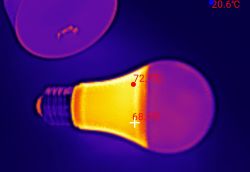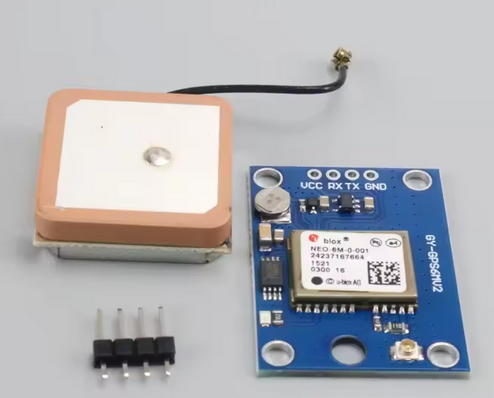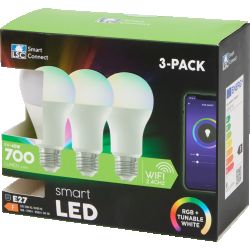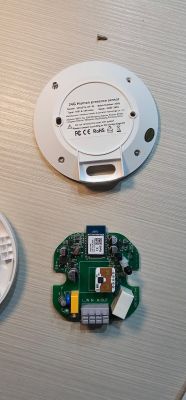Good morning all!
I am new to this forum as I am very excited to get the OpenBK7231T_App up and running.
I have been using Tasmota for a long time with various ESP based chips and love its stability and consistency and would love to do the same with the Tuya based switches I have.
As mentioned in the subject above, I have many Moe's House WiFi RF433 Single Fire Switch (mine are the 3 gang version):
[url=]https://www.amazon.ca/Generation-Single-Switch,No-Neutral-Compatible/dp/B08S2R6V6W[/url]
I have traced the 4 lines to on the WB2S controller to jumpers on the PCB and soldered wires accordingly:
![[BK7231T - WB2S] Moe's House WiFi+RF433 Single Fire Switch Getting Bus Failed [BK7231T - WB2S] Moe's House WiFi+RF433 Single Fire Switch Getting Bus Failed](https://obrazki.elektroda.pl/8743477200_1676303459_thumb.jpg)
In trying to use the BK7231 GUI Flash Tool 1.0.5 I continuously get the Getting Bus Failed message until it times out after 100 tries.
The interesting thing is that through MANY attempts I did get the 'Getting Bus Success!' msg to then only have it tell me that I couldn't set the baud rate to 921600 ... which happened twice.
I have tried alternate baud rates, I have tried connecting the UART first then opening the flashing tool (and various variations on this as well).
You will notice in the image that I have placed the ground wire across a small breadboard to easily cycle the power on the device when it is time to reboot.
I was wondering if anyone here may have had success with this particular Moe's House switch and if anyone could provide some advice.
Thank you very much for all your hard work and I look forward to using this new firmware!
-=O=-
I am new to this forum as I am very excited to get the OpenBK7231T_App up and running.
I have been using Tasmota for a long time with various ESP based chips and love its stability and consistency and would love to do the same with the Tuya based switches I have.
As mentioned in the subject above, I have many Moe's House WiFi RF433 Single Fire Switch (mine are the 3 gang version):
[url=]https://www.amazon.ca/Generation-Single-Switch,No-Neutral-Compatible/dp/B08S2R6V6W[/url]
I have traced the 4 lines to on the WB2S controller to jumpers on the PCB and soldered wires accordingly:
![[BK7231T - WB2S] Moe's House WiFi+RF433 Single Fire Switch Getting Bus Failed [BK7231T - WB2S] Moe's House WiFi+RF433 Single Fire Switch Getting Bus Failed](https://obrazki.elektroda.pl/8743477200_1676303459_thumb.jpg)
In trying to use the BK7231 GUI Flash Tool 1.0.5 I continuously get the Getting Bus Failed message until it times out after 100 tries.
The interesting thing is that through MANY attempts I did get the 'Getting Bus Success!' msg to then only have it tell me that I couldn't set the baud rate to 921600 ... which happened twice.
I have tried alternate baud rates, I have tried connecting the UART first then opening the flashing tool (and various variations on this as well).
You will notice in the image that I have placed the ground wire across a small breadboard to easily cycle the power on the device when it is time to reboot.
I was wondering if anyone here may have had success with this particular Moe's House switch and if anyone could provide some advice.
Thank you very much for all your hard work and I look forward to using this new firmware!
-=O=-







![[BK7231T - WB2S] Moe's House WiFi+RF433 Single Fire Switch Getting Bus Failed [BK7231T - WB2S] Moe's House WiFi+RF433 Single Fire Switch Getting Bus Failed](https://obrazki.elektroda.pl/3792410700_1676315687_thumb.jpg)
![[BK7231T - WB2S] Moe's House WiFi+RF433 Single Fire Switch Getting Bus Failed [BK7231T - WB2S] Moe's House WiFi+RF433 Single Fire Switch Getting Bus Failed](https://obrazki.elektroda.pl/4717843600_1676317532_thumb.jpg)
![[BK7231T - WB2S] Moe's House WiFi+RF433 Single Fire Switch Getting Bus Failed [BK7231T - WB2S] Moe's House WiFi+RF433 Single Fire Switch Getting Bus Failed](https://obrazki.elektroda.pl/9349853200_1677012711_thumb.jpg)